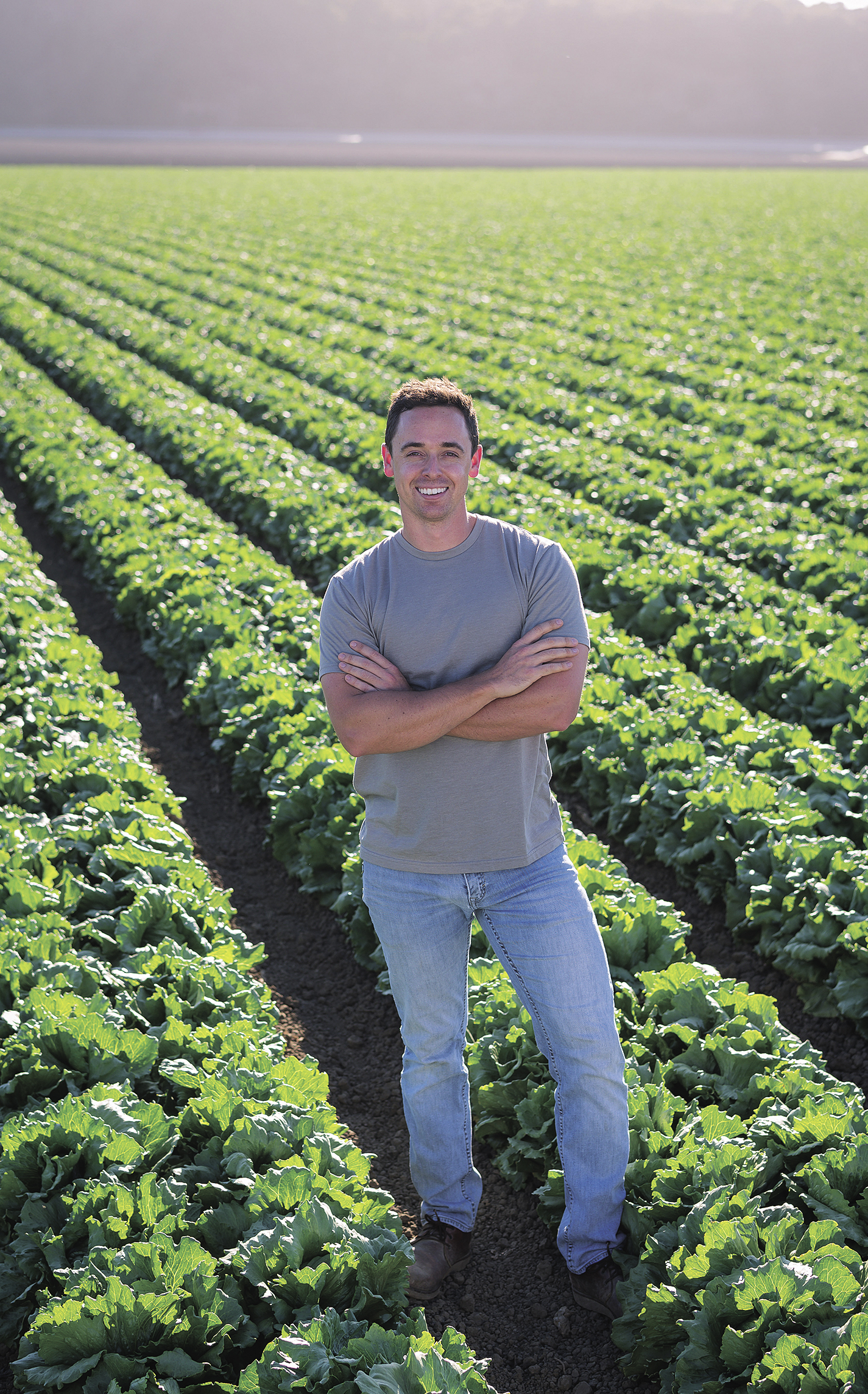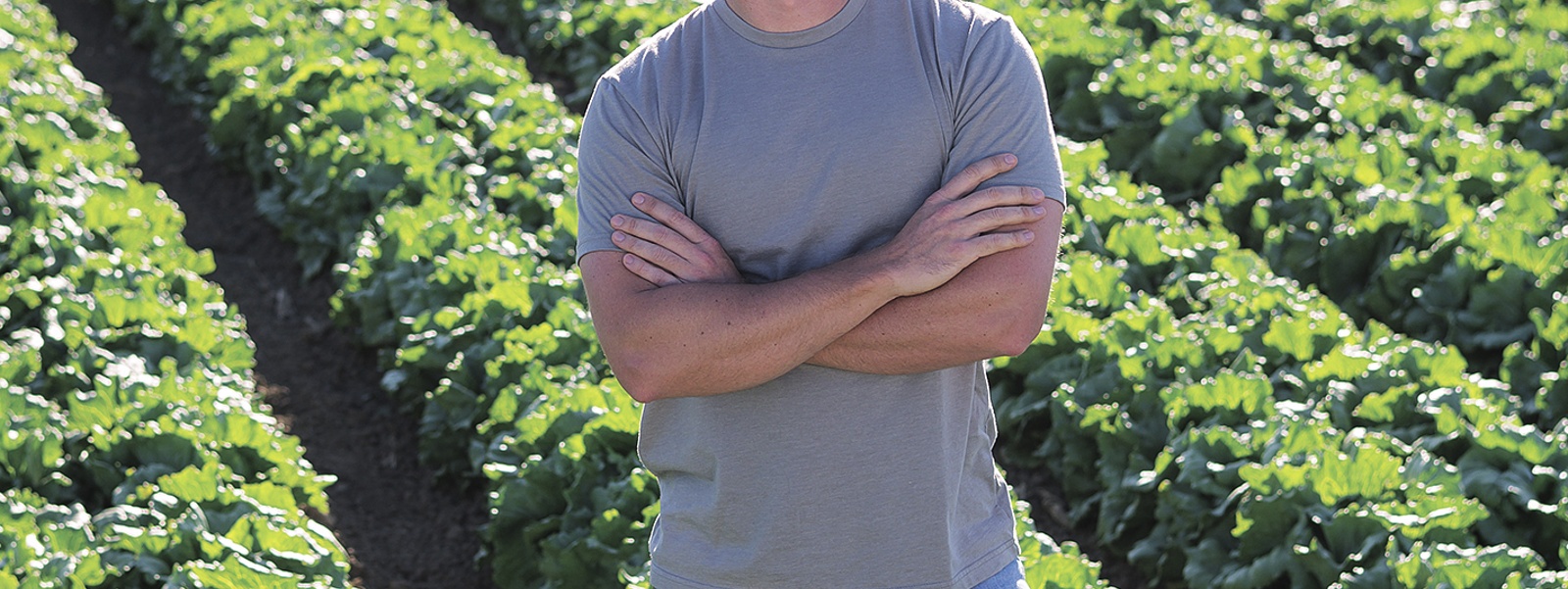From the Fields: Jonathan Merrill, Monterey County vegetable grower

Jonathan Merrill
Photo/Courtesy of Jonathan Merrill

By Jonathan Merrill, Monterey County vegetable grower
As a company, we specialize in partner contracts and grow for bigger brands that you’ll see in the grocery stores. The vast majority of what we do is driven by our customers, the shippers. They tell us certain amounts or acres per week.
In January and February, we planted some of our winter crops like brassicas and leafy greens. March, April, May is when we start to ramp up once the rain winds down. We might have a few more systems roll through, but we’re ramping up quickly. In 90% of the Salinas Valley, irrigation is all well-driven, so the aquifer gets replenished by the rains and the reservoirs that are nearby. Our water table is healthy, but we could always use more (water). We still have some carryover from the last few seasons, especially when we got heavier rains in 2023.
Finding the right people at the right time and getting them in place and trained is always a challenge. But in terms of availability, labor has been OK. I coordinate the hoeing and the thinning crews. The development of technology, predominantly in thinning, has eliminated our reliance on labor. The crews that were doing thinning and hoeing, which was split 50-50, are now only doing hoeing, so their workload has shifted dramatically.
We’ve started to implement technology and automation, which helped make a volatile situation extremely predictable. Every field is now going to cost X, whereas in the past there was a range. A field could potentially be on the lower end or the higher end or an extremely high end in terms of cost. With automation, we know what the cost is going to be and can apply that across the full portfolio of crops that we do. This has helped alleviate our reliance on labor, but we’re always going to need labor to some degree, at least for the foreseeable future. We need to innovate and find new paths forward in the coming years.




